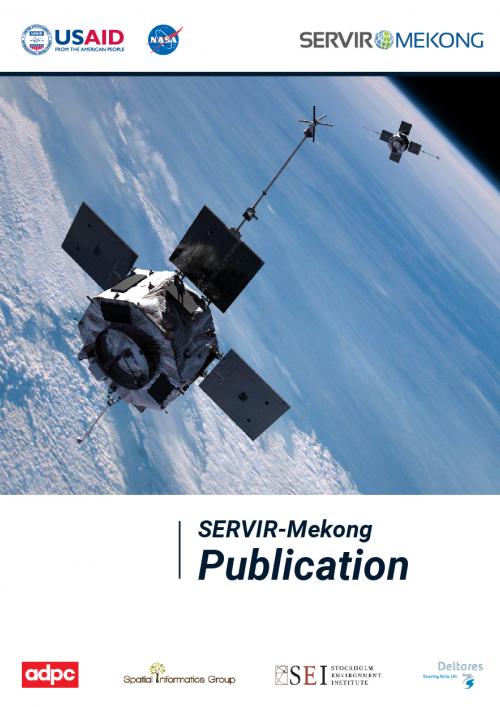
Spatially and temporally consistent vegetation structure time-series have great potential to improve the capacity for national land cover monitoring, to reduce latency and cost of international reporting, and to harmonize regional land cover characterizations. Here we present a semi-automatic, operational algorithm for mapping and monitoring of woody vegetation canopy cover and height at a regional scale using freely available Landsat timeseries data. The presented algorithm employs automatic data processing and mapping using a set of lidar-based vegetation structure prediction models. Changes in vegetation cover are detected separately and integrated into the structure time-series. Sample-based validation and inter-comparison with existing datasets demonstrates the spatial and temporal consistency of our regional data time-series. The dataset reliably reflects changes in tree cover (tree cover loss user's accuracy of 0.84 and producer's accuracy of 0.75) and can serve as a tool to map annual forest extent (user's accuracy of 0.98 and producer's accuracy of 0.81 for 10% canopy cover threshold to define the forest class). The tree height estimates are consistent with a GLAS-based global map (mean average error of 3.7 m, the correlation coefficient of 0.92 and the R2 of 0.85). The algorithm was prototyped within the Lower Mekong region where it revealed an intensive woody vegetation dynamic. Of the year 2000 forest area (defined using canopy cover threshold of 10% and tree height threshold of 5 m), 9.4% was deforested by the year 2017, and 16.6% was affected by stand-replacement disturbance followed by reforestation. The average annual area of stand-level forest disturbance within the region was 2.34 Mha, and increased by 34% from 2001 (1.85 Mha) to 2017 (2.48 Mha). Total forest area decreased by 6.2% within the region, and 11.1% of year 2000 primary forest area was lost by 2017. At the national level, Cambodia demonstrated the highest rate of deforestation, with a net forest area loss of 22.5%. We estimated that 21.3% of 2017 forest cover had an age of 17 years or less, illustrating the intensive forest land uses within the region. The time-series product is suitable for mapping annual land cover and inter-annual land cover change using customized class definitions.



